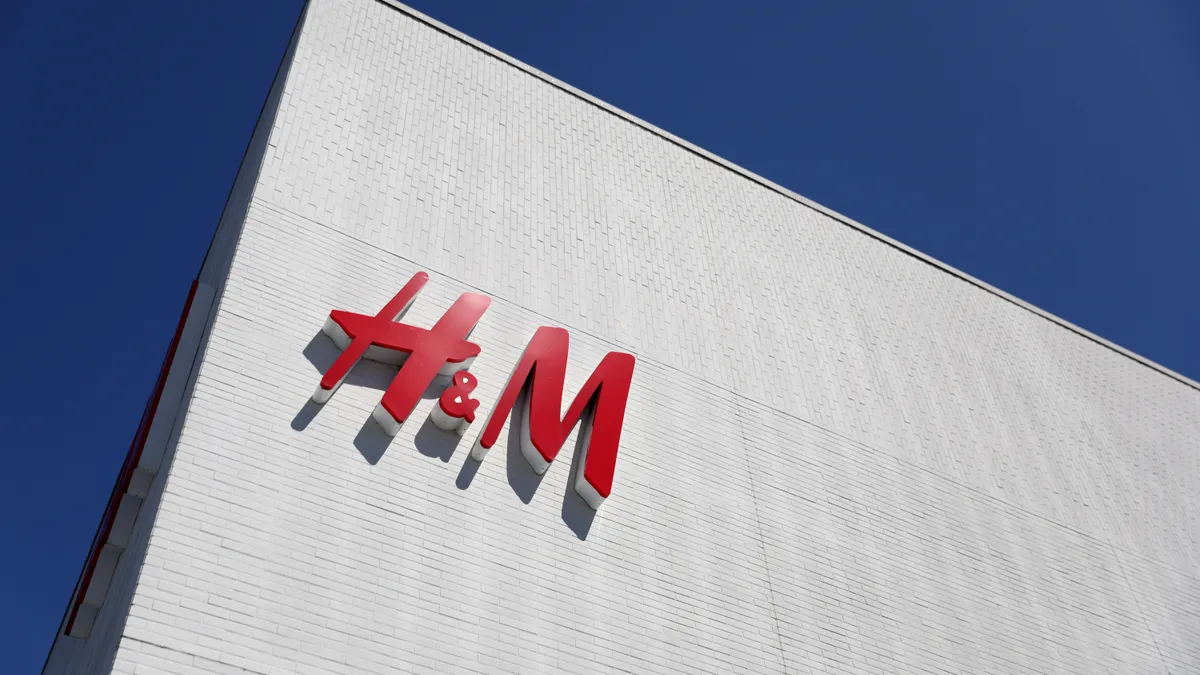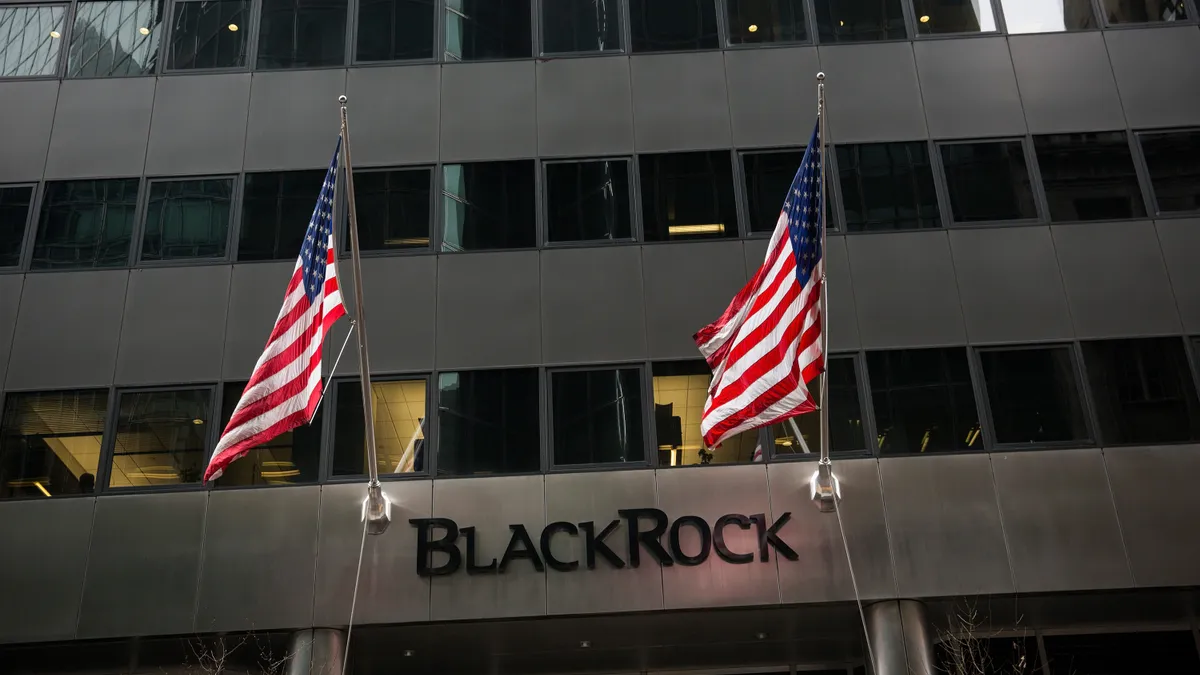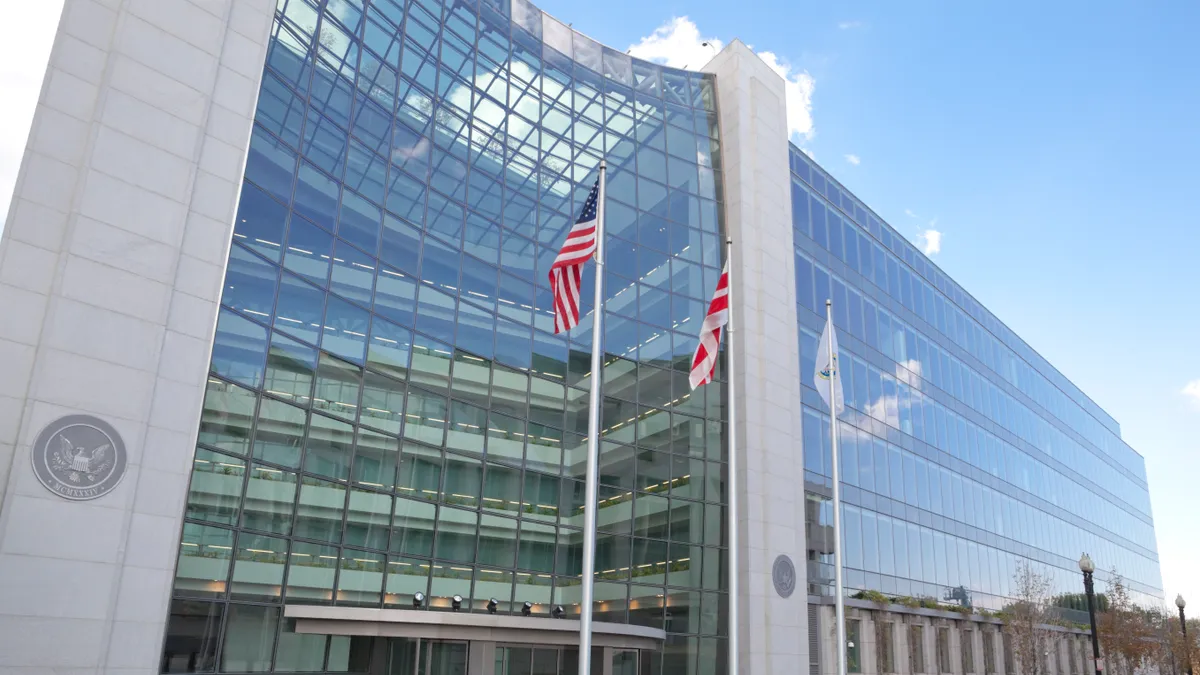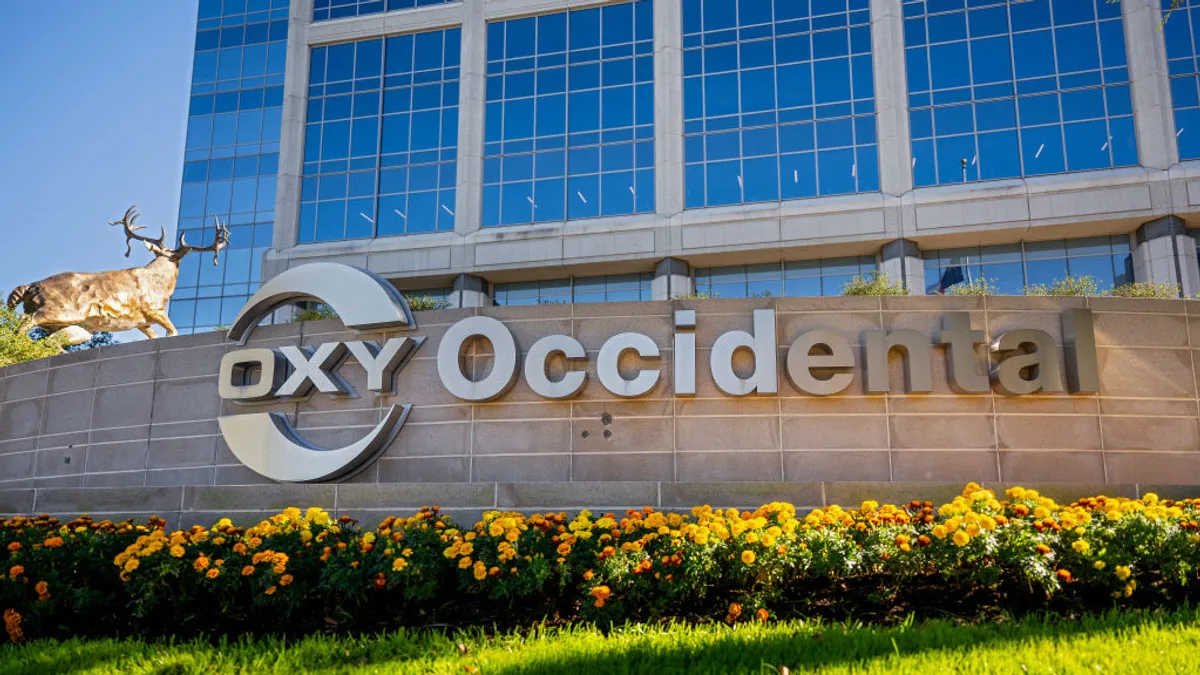An H&M-supported collaborative financing program is recruiting more brands to join after seeing initial success with an India-based supplier.
Last year retail giant H&M launched the Future Supplier Initiative in partnership with Singapore-based bank DBS to better help suppliers access “green” loans for infrastructure investments. For major fashion brands dedicated to decarbonizing their supply chains, helping suppliers overcome the hurdles of accessing funding is critical for reaching those sustainability goals.
The program is supported by organizations like the Apparel Impact Institute and The Fashion Pact, alongside participating brands like Gap Inc. and Mango, according to the program's website. The Future Supplier Initiative also has supplier cohorts in Bangladesh and Vietnam, but it is looking to expand to other regions like China and Italy, according to a June 13 release.
Although the fashion industry is making efforts to lessen its carbon footprint, implementing more sustainable practices at factories, like electrification and renewables, can be financially difficult for suppliers.
This is where collaborative financing comes in.
Why collaborative financing?
An increasing number of governments have passed legislation requiring fashion companies to report emissions and set carbon-cutting goals.
H&M is looking to reduce its scope 3 emissions and promote more sustainable supply chain operations. Specifically, the company aims to reduce its scope 3 emissions by 56% and have 100% of its materials be recycled or sustainably sourced by 2030. The company reduced scope 3 emissions by 22% in 2023 compared to its 2019 baseline, according to its most recent annual sustainability report.
But H&M needs support from its suppliers to meet its emissions reporting and reduction goals.
Addressing greenhouse gas emissions through a collaborative financial approach is “strategic for H&M,” Sheng Lu, a professor and director of graduate studies at the University of Delaware’s Department of Fashion & Apparel Studies, told ESG Dive sister site Supply Chain Dive in an email. Partnering with a bank like DBS helps assess and manage the loan risks, which enables H&M to make sure that the funding is used efficiently, he added.
“Many of H&M’s suppliers are small and medium-sized enterprises from developing countries. These suppliers may lack the resources to address climate change and meet carbon emissions reduction goals on their own,” Lu said. “Thus, collaborating with a bank can provide these suppliers with the necessary financial expertise and resources.”
Further, a collaborative approach can increase supplier interest in the program when there are multiple sponsors, according to the Future Supplier Initiative website. The collective model also helps fast-track decarbonization solutions and provides a scalable platform that benefits several suppliers in major manufacturing countries.
Other fashion companies have also launched their own supplier support programs to help reduce carbon emissions, Lu shared.
"These suppliers may lack the resources to address climate change and meet carbon emissions reduction goals on their own.”

Sheng Lu
Professor and director of graduate studies at the University of Delaware’s Department of Fashion & Apparel Studies
For instance, Levi’s partnered with the International Finance Corporation, part of the World Bank Group, to provide “advisory services to suppliers who wish to invest in reducing their energy, greenhouse gas and water footprints, and who would benefit from additional technical support or upfront capital to do so,” according to a company sustainability report.
PVH Corp., which owns brands like Calvin Klein and Tommy Hilfiger, launched a similar sustainable supply chain financing program that helps suppliers secure better financing rates based on their sustainability performance, according to a 2023 press release.
Who gets approved?
Suppliers that meet H&M’s standards and policies for human rights and the environment, and otherwise deemed in “good standing,” are allowed to apply for the green loans, an H&M spokesperson told Supply Chain Dive in an email.
Generally, the Future Supplier Initiative prioritizes projects that combine energy efficiency measurements with renewable energy transition projects, in addition to technology with high risk or long return on investment, the spokesperson said.
“We take into consideration the supplier's financial situation, the innovation level of the technology, our business share in the unit and the supplier’s own wish when tailoring suitable financial support to enable investments,” the spokesperson explained. “Applications will be considered based on impact, cost/ton of reduced CO2e connected to our ability to claim reductions according to GHGP and SBTi with current accounting rules.”
There are two primary ways to file an application. The first is a “push application,” where H&M’s regional teams work closely with key supplier factories to build a roadmap to decarbonization by 2030, the spokesperson explained.
The second option is a “pull application,” where the supplier builds its own application to explain what they hope to achieve through the desired investment.
“Overall, fashion companies increasingly view addressing climate change and carbon emissions as an opportunity rather than a financial burden."

Sheng Lu
Professor and director of graduate studies at the University of Delaware’s Department of Fashion & Apparel Studies
The Future Supplier Initiative is only one part of H&M’s “ecosystem” of financial tools that “enable each other,” the spokesperson said, all under the umbrella of the company’s Green Investments Team.
For instance, when it comes to electrification processes, suppliers need to make investments at the facility level, which is something that can be supported by the Future Supplier Initiative, they explained. But this also creates a need for proper infrastructure investments, which requires other tools.
“Overall, fashion companies increasingly view addressing climate change and carbon emissions as an opportunity rather than a financial burden,” Lu explained. “Thus, we are likely to see more partnership programs to be launched.”





















